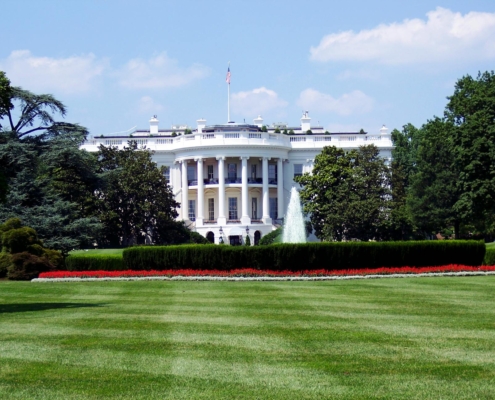What is Border Gateway Protocol (BGP)?
BGP is a routing protocol used to exchange information about how global internet networks reach and communicate with each other on the internet. Understanding how to set up and use BGP correctly can make a huge difference in your organization’s ability to efficiently and effectively manage its network traffic. In this blog, we’ll discuss what you need to know about getting started with BGP.
BGP is a path-vector routing protocol that helps determine the best route for packets of data to take from one network to another over the internet. It does this by keeping track of all the different paths that are available and calculating which one will provide the most efficient route for a particular packet. When set up properly, it ensures that data packets are routed where in an efficient manner. Data packets are small chunks of digital information, including source address and location where it’s going, divided into pieces for easier transmission over a computer network.
How does BGP Work?
When two routers communicate using BGP, they exchange information about their respective networks. This includes IPv4 addresses and other critical network details such as autonomous systems (AS). An AS is an identifier that is used by Internet Service Providers (ISPs) and other entities on the internet to identify their own network traffic. Once these details have been exchanged, each router can then calculate the best route for packets of data coming from either side of the network connection.
Setting up a BGP connection requires two routers running compatible versions of the protocol and access to an Autonomous System Number (ASN). The ASN is assigned to Internet Service Providers (ISPs) by regional internet registries (RIRs) such as ARIN or RIPE, APNIC, LACNIC or AFRNIC depending on your geographic region. Additionally, you’ll need IPv4 addresses for both sides of your network connections, as well as enough bandwidth between them for your traffic needs.
Proper Peering Strategy and IPv4 Scheme
Peering strategies are essential for optimal performance and scalability of any BGP and network configuration. It’s important that you select peering networks that are reliable, provide consistent service levels and protect against malicious attacks in order for your BGP configuration to work properly.
Your IPv4 addressing scheme also plays an important role in setting up your BGP configuration. You need to have clearly defined subnets that can be easily tracked and monitored by both yourself and other networks on the internet. Additionally, it’s important that you plan for growth so that your IP addressing scheme won’t become outdated quickly as your network grows and evolves over time.
Final Thoughts on BGP
Setting up a Border Gateway Protocol connection takes some effort but it’s worth it in order to ensure that data packets get routed correctly and efficiently between networks across the internet. With an understanding of what’s involved with setting up BGP, CIOs and network teams can better understand how their organization’s network traffic is managed and ensure optimal performance across their networks. With this knowledge in hand, CIOs can confidently make decisions about how their organization’s network should be set up and managed for maximum efficiency and effectiveness.
Our technical team can help consult on BGP deployment and provide options from over 500 different global network providers to satisfy your connectivity requirements. We offer wholesale prices around 20 – 40% off, faster provisioning, better support and a carrier-neutral BGP strategy. To get more information, please email info@brandergroup.net or contact us
Other Popular Blog Posts
Discover more from Brander Group
Subscribe to get the latest posts sent to your email.


